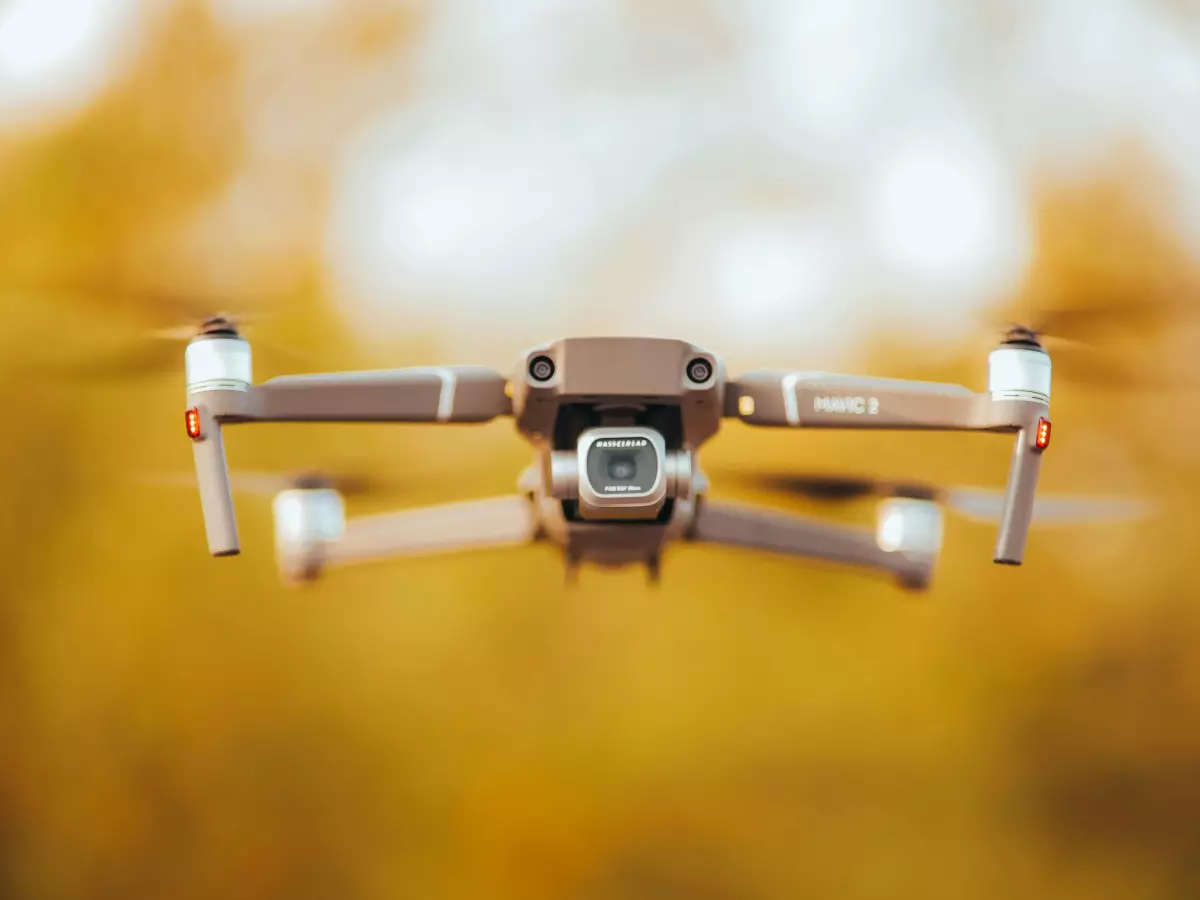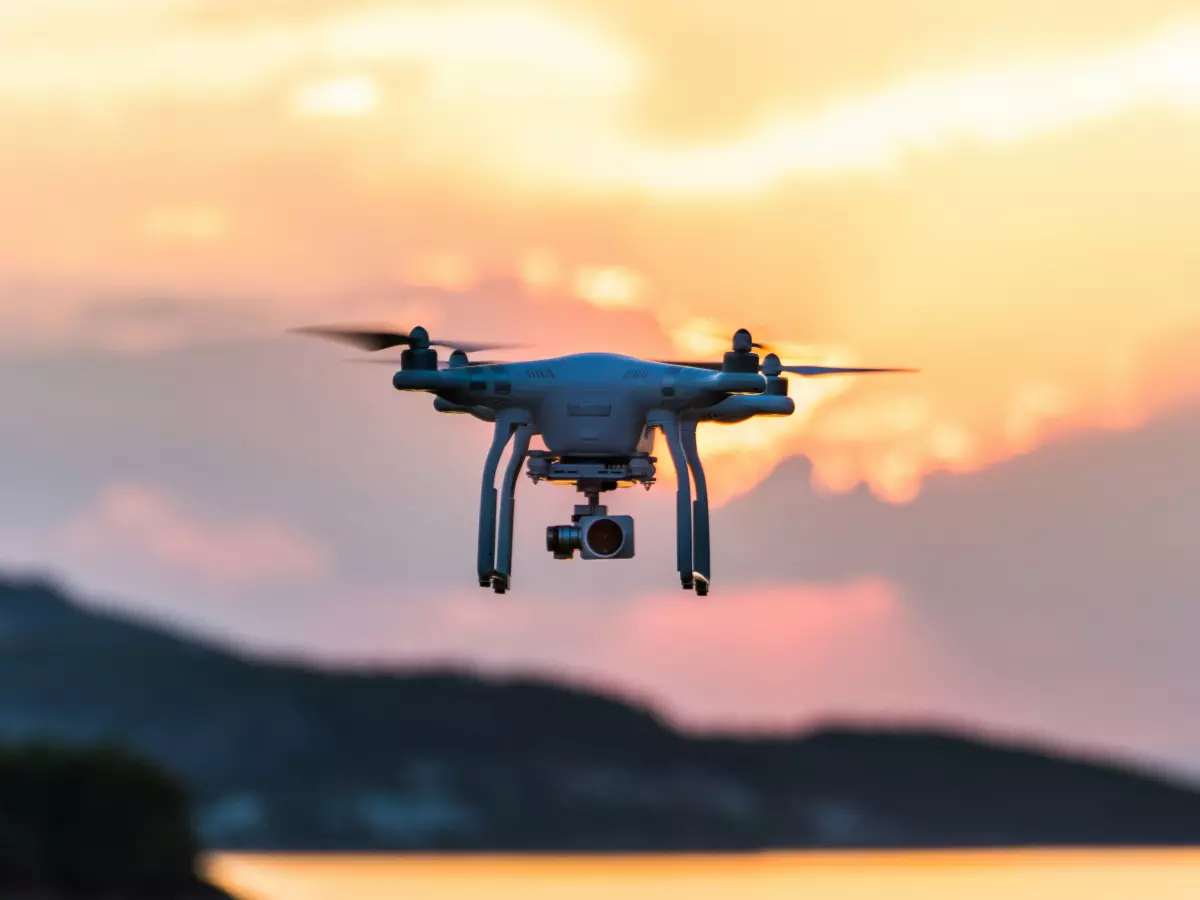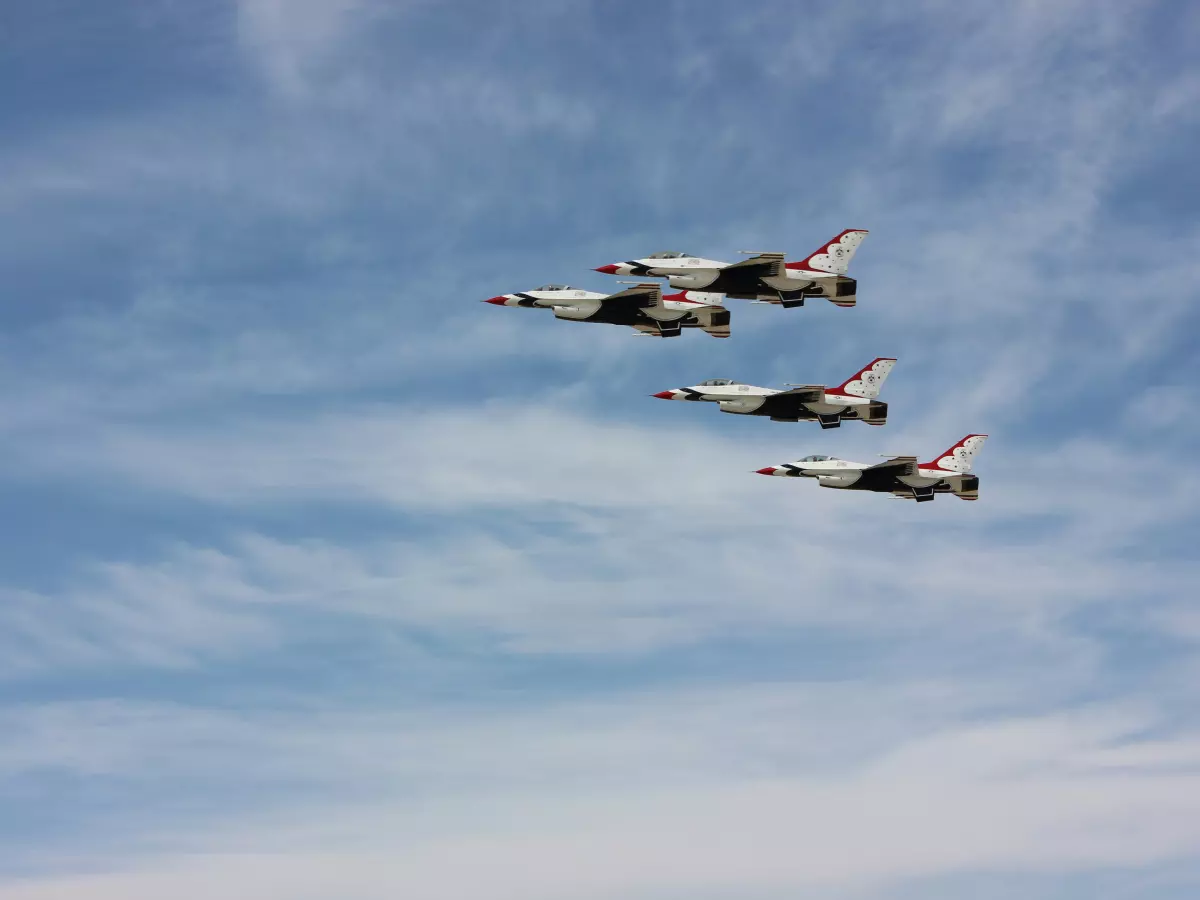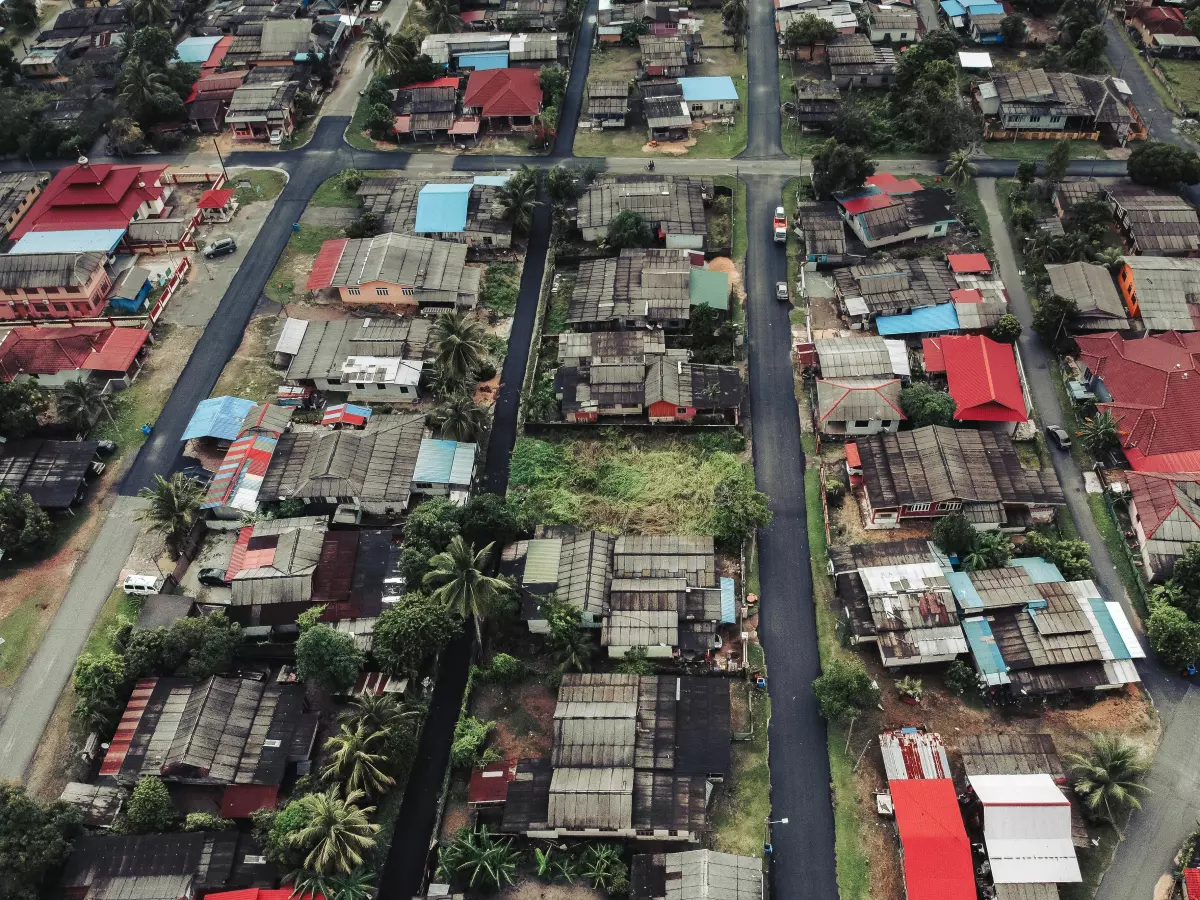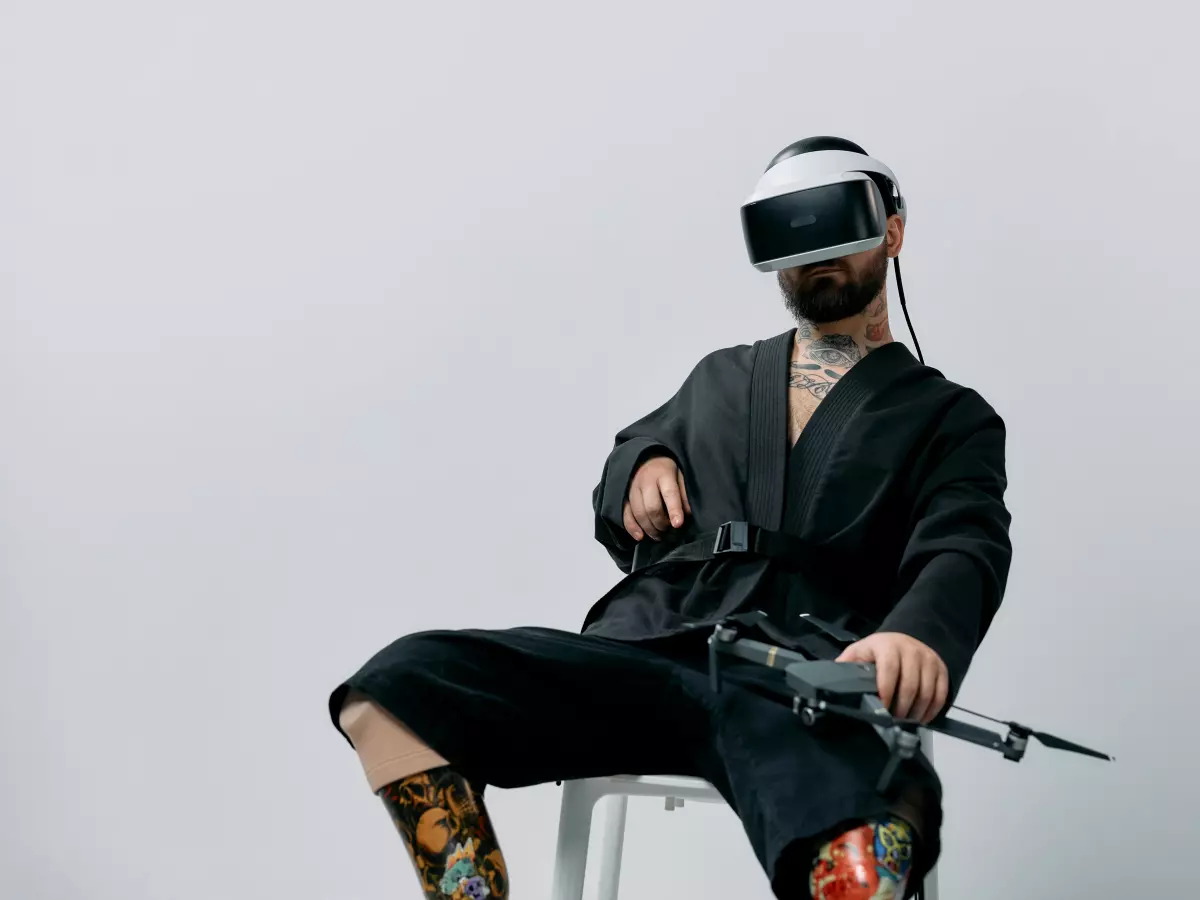Indoor Flight
"Wait, how's it flying in here without GPS?"

By Liam O'Connor
Imagine this: you're at a high-tech warehouse, and a drone is zipping between shelves, picking items off racks, and delivering them to a central station. No human pilot, no GPS, just a drone navigating flawlessly in an indoor environment. It seems like magic, right? But it's not magic—it's the result of some seriously advanced flight control software, sensor fusion, and autonomy.
Now, let's snap back to reality. While outdoor drone flights rely heavily on GPS for navigation, indoors, it's a whole different ballgame. Without GPS signals bouncing around, drones need to rely on a combination of sensors and highly sophisticated software to keep them from crashing into walls, shelves, or, you know, people. This is where the magic of sensor fusion and autonomy comes into play.
So, how do drones pull off this indoor sorcery? The answer lies in the combination of flight control software, sensor fusion, and autonomy. These three components work together to give drones the ability to 'see' and 'think' in environments where GPS is useless. Let's break it down.
Flight Control Software: The Brain
At the heart of every drone is its flight control software. Think of it as the drone's brain. This software is responsible for processing all the data coming in from the drone's sensors and making real-time decisions about how to move. Indoors, without GPS to guide it, the flight control software has to rely on other forms of input, like visual sensors, lidar, and ultrasonic sensors.
Flight control software has evolved significantly over the years. Early drones were essentially remote-controlled toys, but today, they are autonomous flying machines capable of complex decision-making. The software integrates data from multiple sensors (we'll get to that in a minute) and uses algorithms to calculate the drone's position, speed, and orientation. It then adjusts the drone's motors to keep it stable and on course.
But here's the kicker: indoor environments are often cluttered, with obstacles that can change at any moment. The flight control software has to be able to react to these changes in real-time, which is no small feat. This is where sensor fusion comes in.
Sensor Fusion: The Eyes
So, if the flight control software is the brain, then sensor fusion is the eyes. Drones use a variety of sensors to 'see' their environment. These can include cameras, lidar, ultrasonic sensors, and even infrared sensors. Each of these sensors provides a different type of data, and sensor fusion is the process of combining all that data into a single, cohesive picture of the drone's surroundings.
For example, a camera might give the drone a visual representation of the room, while lidar can provide depth information, and ultrasonic sensors can detect nearby obstacles. The flight control software takes all this data, fuses it together, and uses it to make decisions about how to move.
One of the biggest challenges in indoor flight is dealing with dynamic environments. In a warehouse, for example, people and forklifts might be moving around, creating obstacles that weren't there a moment ago. The drone's sensors need to detect these changes, and the flight control software needs to react quickly to avoid collisions.
But sensor fusion isn't just about avoiding obstacles. It's also about helping the drone understand its position in space. Without GPS, the drone has to rely on visual and depth data to figure out where it is and where it needs to go. This is where autonomy comes into play.
Autonomy: The Decision-Maker
Autonomy is the final piece of the puzzle. Once the flight control software has processed all the sensor data, it needs to make decisions about how to move. Should the drone go left or right? Should it speed up or slow down? These decisions are made by the drone's autonomy algorithms.
In an indoor environment, autonomy is especially important because the drone can't rely on a human pilot to make split-second decisions. The drone has to be able to navigate on its own, even in complex, dynamic environments. This requires a combination of machine learning, computer vision, and advanced path-planning algorithms.
One of the most impressive aspects of indoor drone autonomy is its ability to learn from its environment. Some drones are equipped with machine learning algorithms that allow them to 'remember' certain features of their environment, like the layout of a room or the location of obstacles. Over time, the drone becomes better at navigating that environment, making fewer mistakes and moving more efficiently.
But autonomy isn't just about avoiding obstacles. It's also about completing tasks. In a warehouse, for example, a drone might be tasked with picking up an item from one location and delivering it to another. The autonomy algorithms need to figure out the most efficient path to complete that task, taking into account the drone's current position, the location of obstacles, and the layout of the environment.
What’s Next for Indoor Drone Flight?
So, what's the future of indoor drone flight? As sensor technology continues to improve, we can expect drones to become even more capable of navigating complex indoor environments. New sensors, like thermal cameras and advanced lidar systems, will give drones even more information about their surroundings, making them more reliable and efficient.
On the software side, we can expect to see continued advancements in machine learning and autonomy. Drones will become better at learning from their environment, allowing them to navigate more efficiently and complete tasks with greater precision.
But the real game-changer could be the integration of AI. As AI algorithms become more advanced, drones will be able to make even more complex decisions on their own, without the need for human intervention. This could open up new possibilities for indoor drone applications, from warehouse automation to search and rescue missions.
So, the next time you see a drone flying indoors, remember: it's not magic. It's the result of some seriously advanced technology, combining flight control software, sensor fusion, and autonomy to create a flying machine that's capable of navigating even the most complex environments.
And who knows? Maybe one day, we'll all have our own personal indoor drones, zipping around our homes, delivering snacks and drinks on command. Now, wouldn't that be something?
